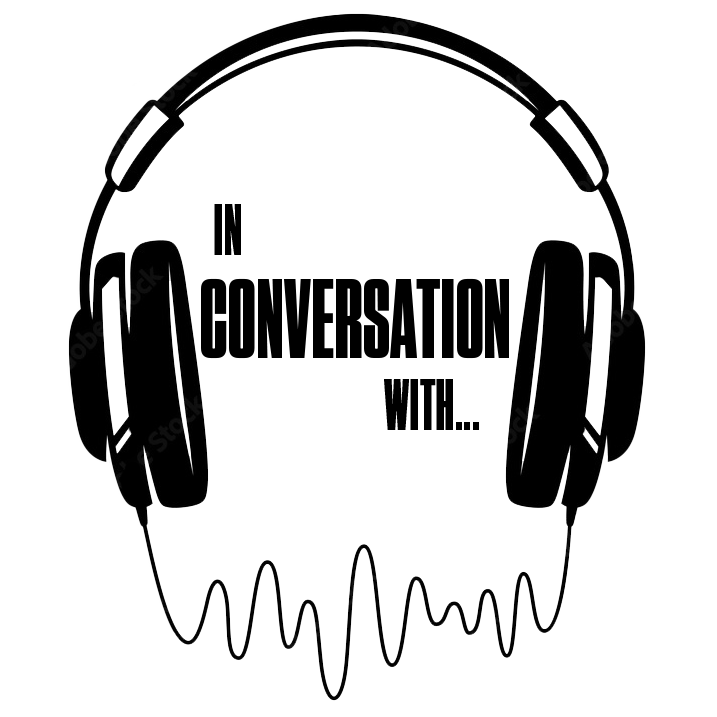By speaking to such an experienced archivist, and artist who runs his own record label – this interview with Conor Walker challenges us to create our own archive – whether its in relation to the way you might start ordering your own files or to explore making your own field recordings.
In this session – we look at a range of resources to act as a stepping off point for your own creations.
Below is a list of the recordings we could choose from during the podcast project. From that list – the students, working with me, made requests for files from the archive. They kindly marked out what they had on their files which count as a theatre recording but we found a lot of fascinating stuff in there.
Activities
… with the National Library of Scotland Audio
- Read or listen to Conor Walker’s full interview.
2. Next look at the spreadsheet the National Library of Scotland provided the students to pick recordings to make artworks from.
3. Which one of the files from the spreadsheet would you have picked? Why? Write about that.
4. Next listen to the recordings that Conor and the Library extracted for us after students working with me this summer requested them.
- If you were going to use one of the supplied wav files to make a soundscape from – which one would you have used?
- Why?
… with field recording
We live in a sensual world but there’s often a visual hierarchy so to hone in on sound, or to work purely with the medium of sound is a means to think in a different way – particularly for live artists, and visual artists.
Sound is a medium that is extremely present – occurring as you are collecting it. Radio Aporee is a website that features people doing that collecting – ” Over the years, and thanks to a broad community of artists, phonographers and individuals working with sound and field recording, radio aporee has collected a comprehensive corpus of sounds from all around the world, and has provided many collaborative tools for artistic practices and research in the field.)”
Here’s an opportunity for you to focus on the way the world sounds.
- Choose four places to listen and respond to on the Radio Aporee map
- Write/create a response to your experiences. This could take any form you’d like it to.
- Personal – You could write down the thoughts you have about the locations you heard field recordings to? Or your thoughts about the kinds of sounds people were choosing to capture at these locations?
- Poetic – Write a creative response to the sounds you’ve heard. Perhaps a detailed description of the location as you’ve imagined it from the field recordings you’ve heard? Perhaps a poem that features the sounds captured? Perhaps a piece of music inspired by the field recordings? Perhaps a piece of automatic writing as a response (here’s something about how to do automatic writing)
- Journalistic – You could write a short 250–400-word article reviewing the field recording for a publication of your choice. Write in the style of the publication. Is it a music review? Or a TV review? Or an opera publication?
- Next – download this piece of free recording software for your phone if you don’t already have this sort of kit. This software has a version for both Android and Apple
- Choose the following spaces and do a field recording of something you are interested in at those locations
- A place in your house
- A road near your house
- An interesting space that you enjoy
- Think about the experiences you’ve had during this week’s activities. What did you enjoy the most? What made you think creatively the most? Note down your responses to this in any way you like.


